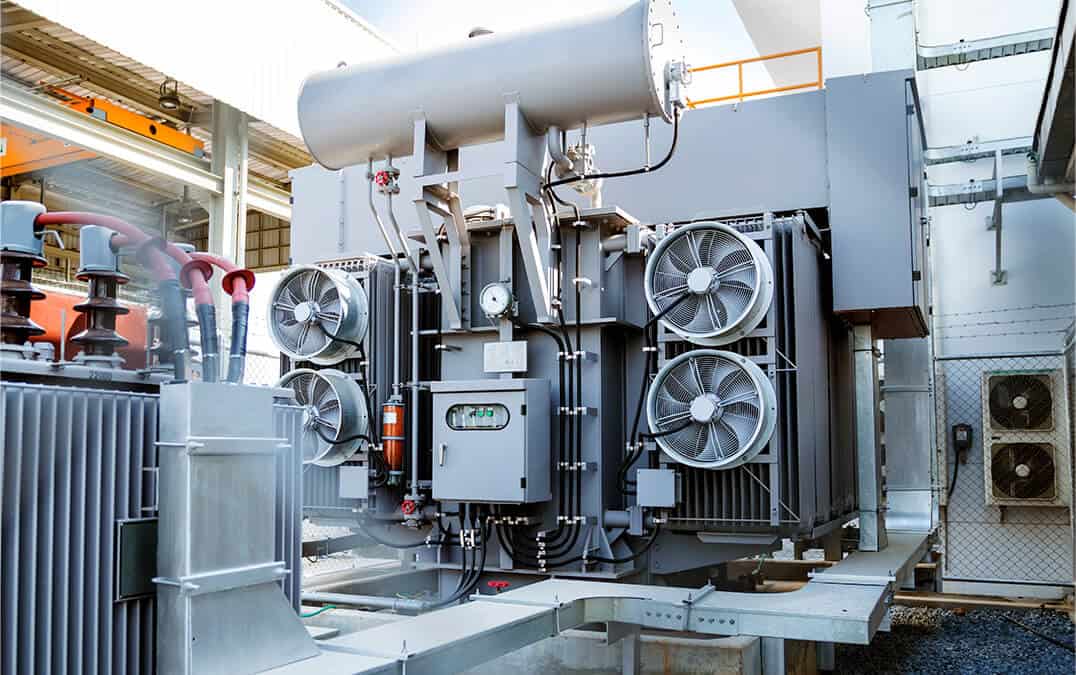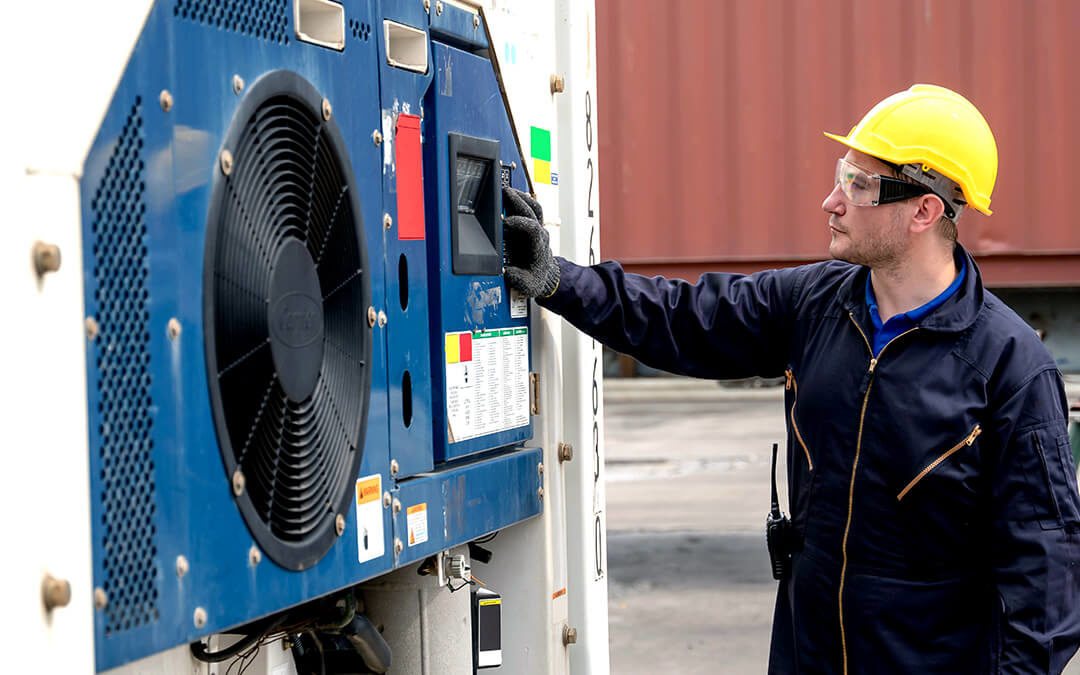Did you know that the idea of preserving food dates back to the ancient Roman and Chinese empires? While these empires may not have anticipated the massive walk-in freezers and cooling processes of today, their ideas certainly changed the trajectory of our future as a society. Though starting from humble beginnings, cooling technology has evolved rapidly, changing everything from industries and lifestyle to agriculture and food manufacturing. These cooling advances have also brought forth an important process: cryogenic cooling and freezing.
What Is Cryogenic Cooling and Freezing?
Primarily used in food manufacturing, cryogenic cooling and freezing is a gas-based process that uses liquid nitrogen or carbon dioxide to flash-freeze products to temperatures of -20 degrees or less. Better — and faster — than traditional freezing methods for food, this process helps to retain the flavor, taste and product quality of food we eat.
Why Cryogenic Cooling and Freezing?
Cryogenic systems in food manufacturing have major benefits. As a process, it improves production rates by reducing the amount of time required to remove heat from a product, increases product yield due to less product dehydration, and decreases labor costs through reduced product handling and quicker cleanup. It also dramatically improves food safety by stalling spoiling and decay.
However, cooling and freezing processes do require the use of heavy machinery, making it costly. But while these cryogenic systems can be expensive, cryogenic suppliers often rent the equipment to users, keeping costs affordable for many in the food industry. In addition, installation and maintenance costs are lower than typical mechanical refrigeration systems. Overall, cryogenic systems allow for a more uniform chill throughout products, reducing rejections, improving safety and creating a better product.

Carbon Dioxide’s Role in Cryogenic Cooling and Freezing
With a rating of zero on the Ozone Depletion Potential scale, carbon dioxide is slightly more environmentally friendly when compared to other chlorofluorocarbons (CFCs). It has great thermodynamic properties and low energy usage, making it suitable for a wide range of cooling applications. In regard to cryogenic cooling and freezing, carbon dioxide proves to be extremely helpful in industries like food and beverage, biotechnology, dry ice and more.
By using carbon dioxide in the cryogenic process, users are able to increase cooling speed, improve quality, extend shelf life and save money. Plus, the flexibility of cryogenic freezing and cooling provides solutions in the face of ever-changing food requirements. As new demands and needs are identified, cryogenics are able to satisfy these needs and help the food industry move toward safer processes with many different types of foods, including the following.
Baked Goods:
In baking, carbon dioxide or liquid nitrogen is injected into flour and other dry ingredients to help control ingredient temperature. Having precise temperature control allows bakers to achieve the perfect bake.
Meat:
Meat can be a finicky product. From bacterial growth to off-flavors and from spoilage to short shelf life, meat spoils quickly unless properly kept. Using cryogenic processes allows for better product quality and extended shelf life. Cryogenic cooling and freezing also allow for quick freezes, retaining necessary moisture, particularly in poultry, fish and shellfish. With poultry, for example, cryogenic cooling with carbon dioxide can replace traditional water chill baths, water ice or dry ice.
Prepared Foods:
Your favorite chicken nuggets have probably been cryogenically frozen. In prepared foods, cryogenic cooling and freezing help to retain the flavor and taste of the product that can otherwise deteriorate with traditional freezing methods.
Produce:
To help lock in freshness and flavor prior to transport, fresh produce is often chilled or frozen using this process.
Dairy and Ice Cream:
Cryogenic freezing using carbon dioxide helps dairy and frozen treats maintain their shape while allowing for rapid hardening. During transport, dry ice is used to keep the products frozen or chilled.
Carbon dioxide can be the lifeline for many food-based businesses, but it requires a trusted gas supplier. At CalOx, we can provide standard and custom mixtures of USP, beverage-grade and food-grade concentrated carbon dioxide. We can also provide everything you need to safely store and use CO2. With unmatched industry expertise and local Los Angeles delivery, the experts at CalOx are happy to help you with your medical- and food-grade gas needs. Contact us today for a quote!
Sources:
https://en.wikipedia.org/wiki/Refrigeration
https://www.process-cooling.com/articles/84369-cryogenic-freezing-chilling
https://www.linde-gas.com/en/processes/freezing_and_cooling/index.html
